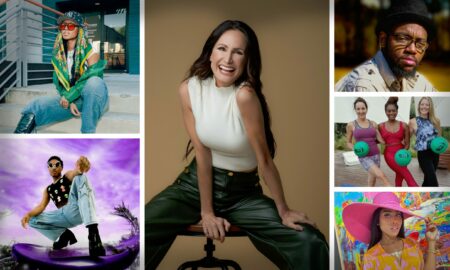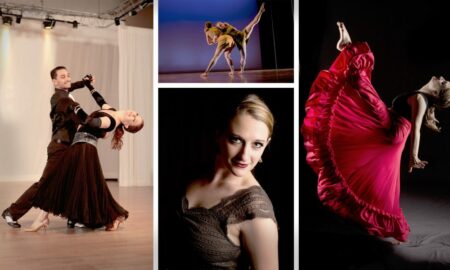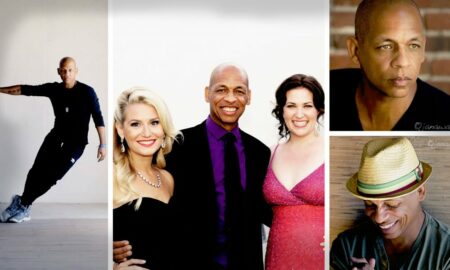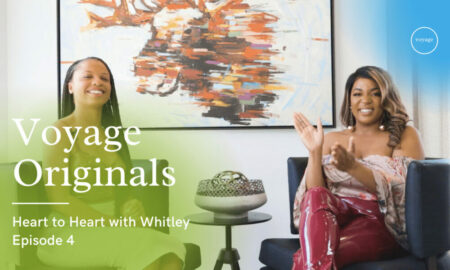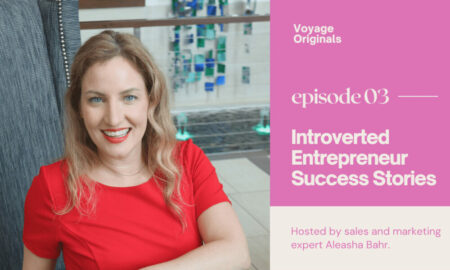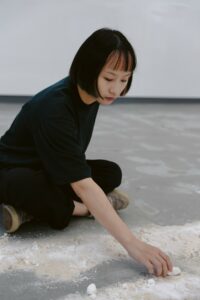
Today we’d like to introduce you to Yan Shao.
Hi Yan, so excited to have you with us today. What can you tell us about your story?
Though with my excitement in science that allowed me to understand the world objectively, I found myself was more drawn towards arts that offered a sense of connection. My growing interest in expressive arts led me to the San Francisco Art Institute in California, a transition from the laboratories to the studios. There, I was exposed to a lot new inspirations and had a chance visiting the landscapes of the American West and the enchanting vistas of National Parks. I stood amidst the sublime grandeur of nature, where blurred the boundaries between my disciplines, inspired my creative expression about the traces and the sublime formed during the dynamic earth processes. My objective of practice became more clear: to create an openness to the earth in a sensible, textured, involved form of expression.
The earth surface we lived on is not only shaped by nature, and our civilization is intricately woven with the threads of technology. During the COVID-19, I become more conscious of how technology has shaped our perception and understanding of the world, prompting me to integrate it into my creative process as both a tool and an expressive medium. Consequently, I enrolled in the Interactive Telecommunicates Program(ITP) at New York University to delve into the intersection of art and technology.
I’m sure it wasn’t obstacle-free, but would you say the journey has been fairly smooth so far?
The road has not been smooth, as I have been constantly learning knowledge and honing my creative skills, encountering many struggles like other artists and just as a human being.
When I graduated from the San Francisco Art Institute, the COVID-19 struck, and suddenly all my education and life experience seemed irrelevant. As an immigrant with a different cultural background, I was unsure how to navigate the global pandemic while preparing for my graduation exhibition, which was, inevitably, canceled. Nevertheless, I remained committed to my interest in local narratives and their potential as regional examples echoes the world. So, I still embarked on a trip to the Salton Sea in Southern California for a field study on place, space, history, and ecology. As I heard news reports of the daily death toll, I observed numerous dead aquatic organisms and birds at the Salton Sea. This contrast prompted me to reflect on human intervention in nature and the massive wildlife deaths, which later inspired me to create a website monument to mourning the biology of life and the spirit of life.
Those two years was hard yet crucial for me to gain clarity on my path and further incorporate technology in my art practice.
Recently, as I acquired various technological skills, including physical computing, programming, website development, software utilization, which takes a long time to learn. But this led me to question the affordances of technology, its application in the control of humans by humans, and various ethical problems. Over time, I am more clear about my aim to use technology as a bridge of science and art, as part of the composition of the world we inhabit.
Thanks for sharing that. So, maybe next you can tell us a bit more about your work?
I create new media works that explore the uncharted territories of perception, mediating the complex interrelations between humans and the environment. I am inspired by geopoetics, the transitory essence of nature, and the ecological humanity. I believe regional storytelling is important to establish a shared knowledge and preserve diversity. I use technology as a creative tool to transform science to art, extending our perception to forge a connection with the earth.
My research is significantly influenced by the Gaia Theory proposed by James Lovelock and Lynn Margulis, who posits that life is a phenomenon that occurred in the earth’s history and has profoundly influenced the conditions for survival and thriving. This fascinating concept enables us to perceive the earth as a whole, which has been transformed and inhabited by its copartners, including its organisms and other ingredients such as atmosphere, soil, rocks, seas, minerals, etc.
One of my recent projects, “Algae Chorus”, is a sound installation that collaborates with living algae in real-time, transforming their movement and photosynthesis process into sounds. This installation embodies a green aesthetic with varied shades formed by algae. The algae utilize the audience’s collective carbon exhalations within the exhibition space, revealing the mutual dependencies between humans and photosynthetic organisms.
Another project, “Left To Feel That Wind”, explores the mixed perception of deep time and human time through an ecological narrative about the transformation of the Great Salt Lake in Utah. The installation features an intricate hand-layered reimagining of its ancestor, Lake Bonneville, formed 60,000 years ago, spanning 8 x 18 feet, with salt, sand, and water as its primary materials. The Great Salt Lake, depicted by a computer numerically controlled (CNC) system, captures at its lowest water level in November 2022 as a result of climate change. Water drops slowly and evenly from the CNC system, symbolizing the concept of precise time we humans construct and possess in the Great Acceleration.
Any big plans?
My ongoing research and projects will relate to salt, the essential mineral has a fundamental role in shaping all organisms and connecting life to the earth. I am interested in the ecological dynamics of estuaries, the transitional zones where saltwater and freshwater meet. These areas symbolize the junction of land and ocean and provide insights into the interconnectedness of earth and civilization. While I am living in New York now, Hudson-Raritan Estuary and Hudson River is my main research area for my next project.
Contact Info:
- Website: https://shaoyan.art/
- Instagram: https://www.instagram.com/ss.syan/
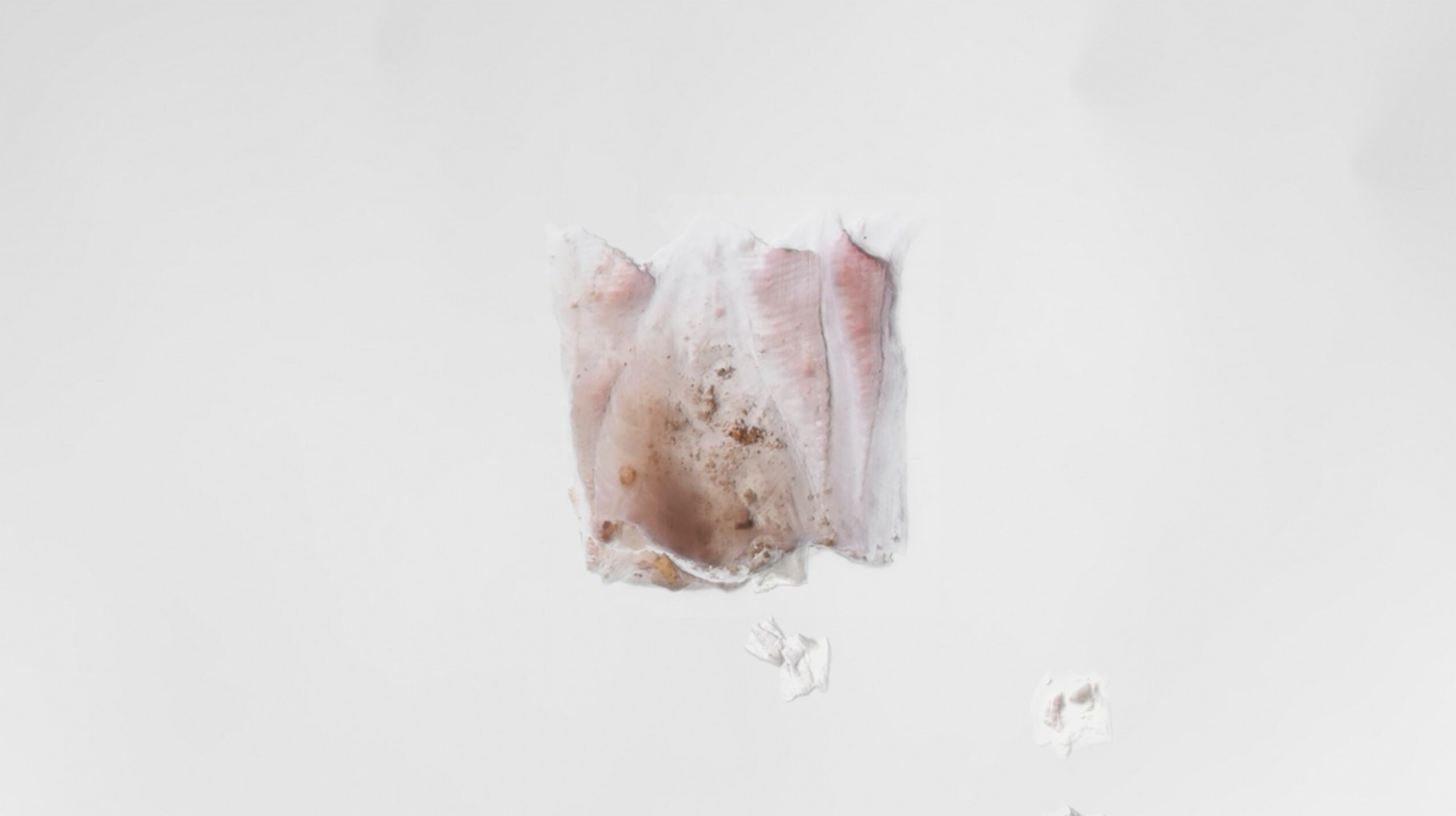
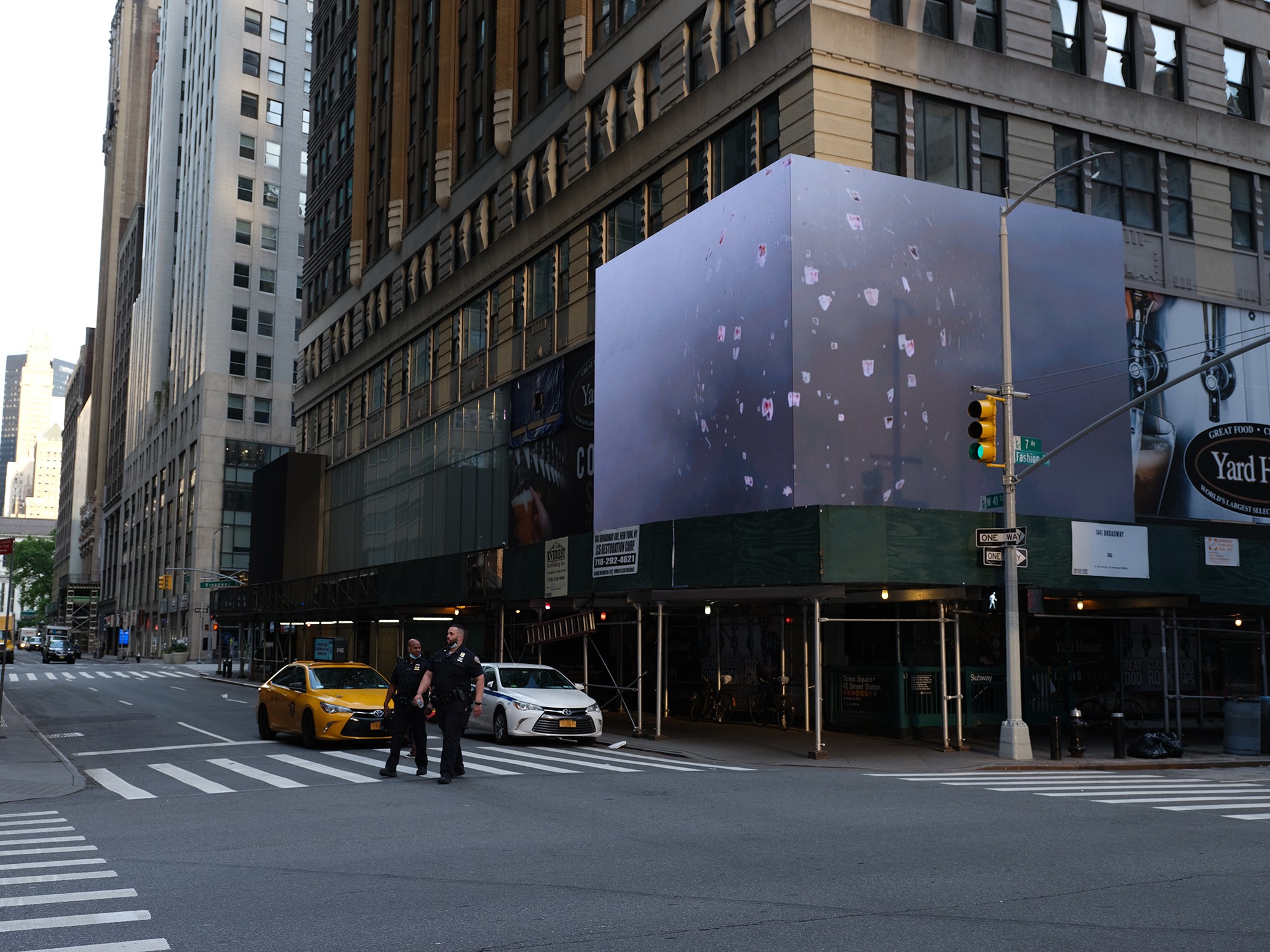

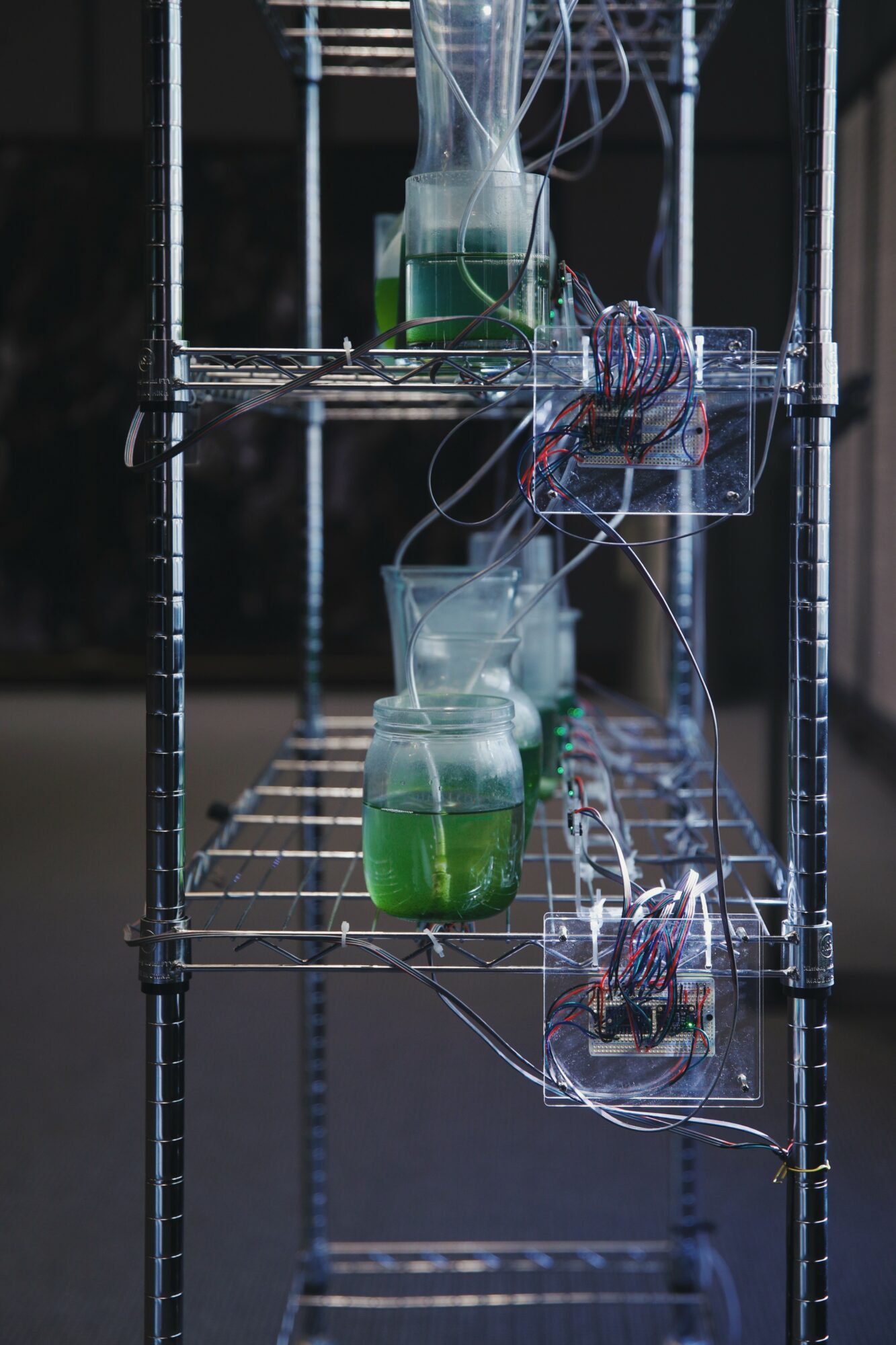
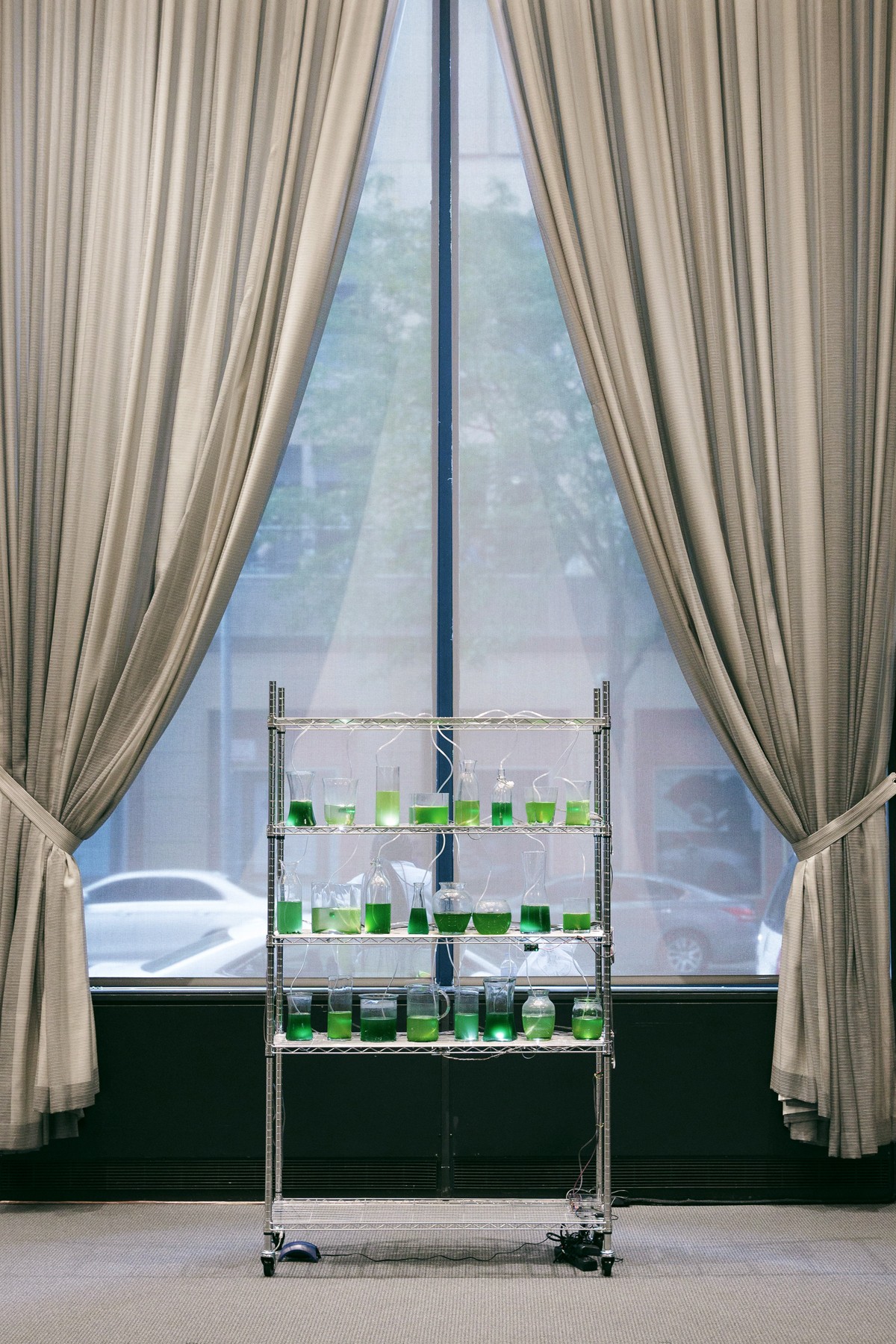

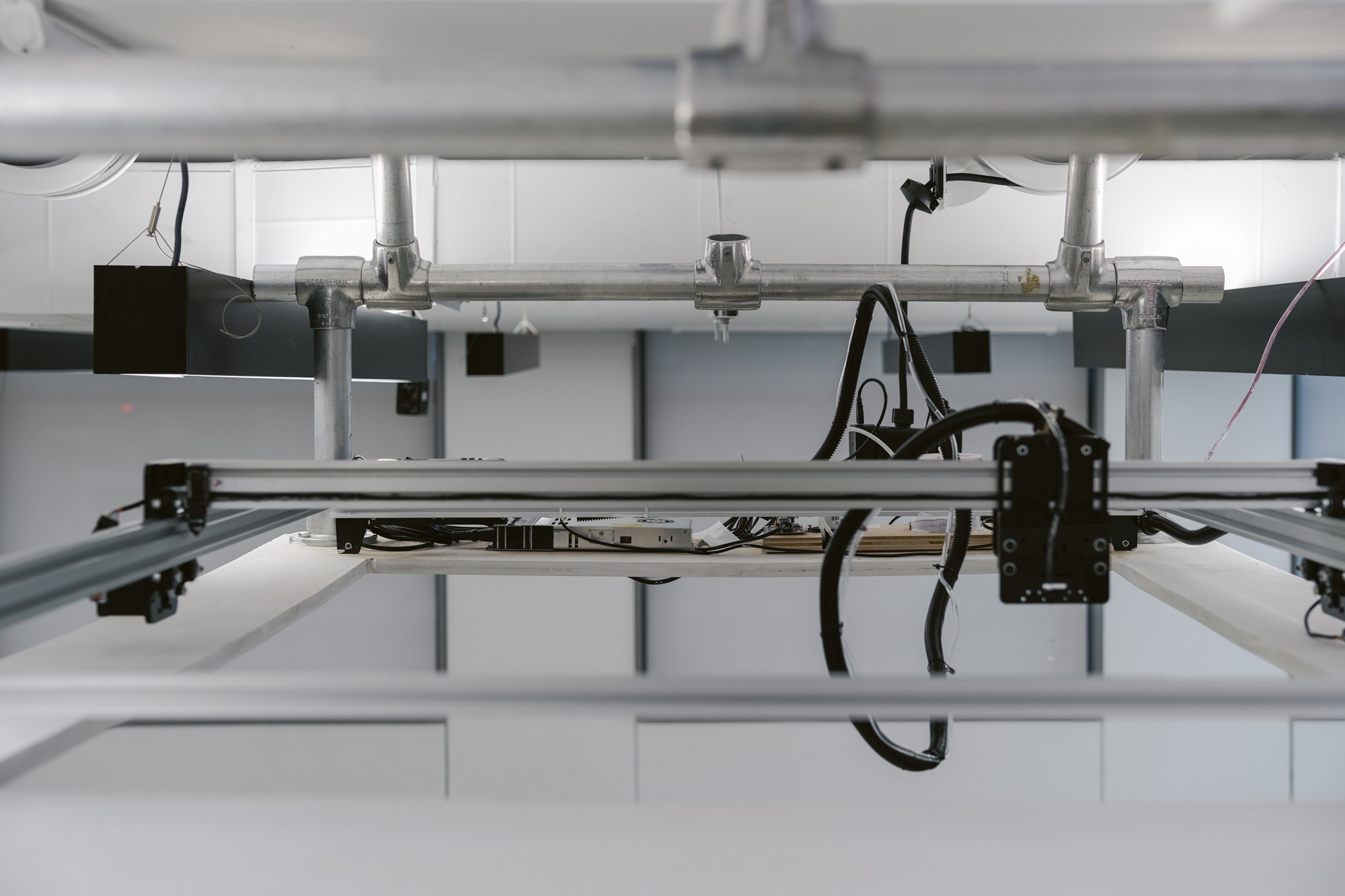
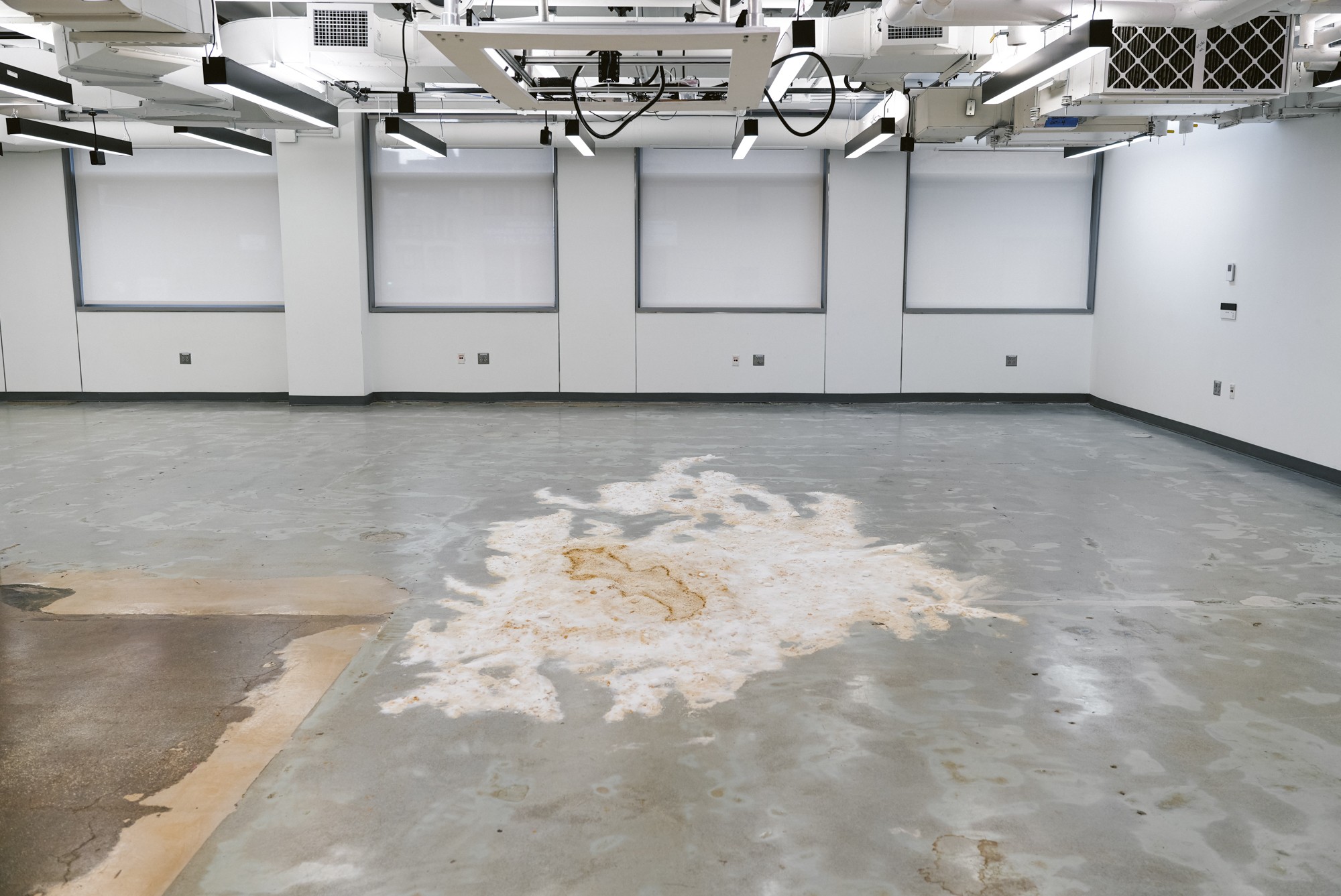 Image Credits
Image Credits
2 – Courtesy of ZAZ10ts, Zdravko Cota
3, 4 and portrait – Courtesy of Keer Zhao
5 – Courtesy of NYU Photo Bureau, Myaskovsky

